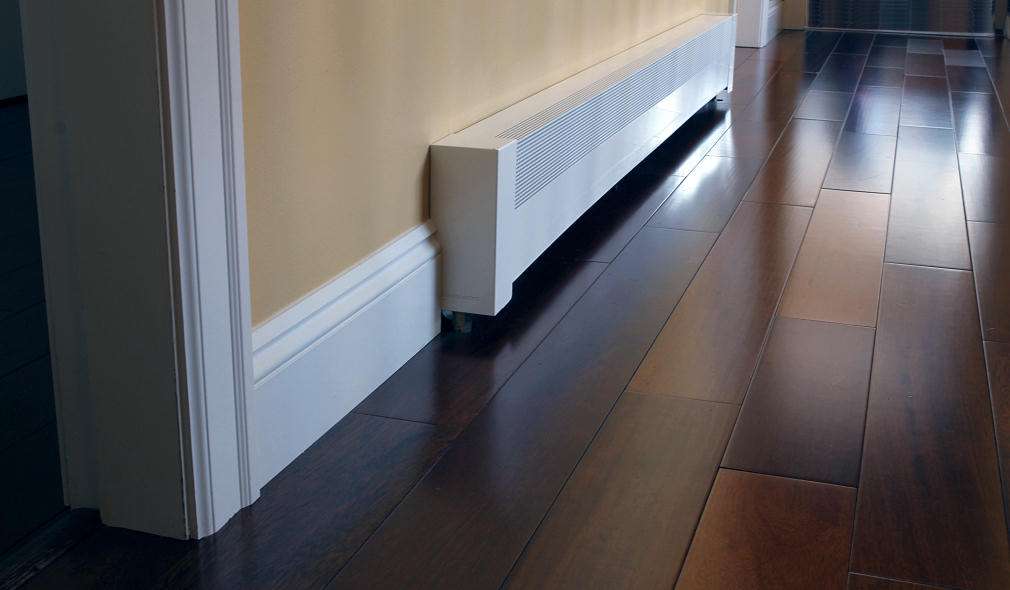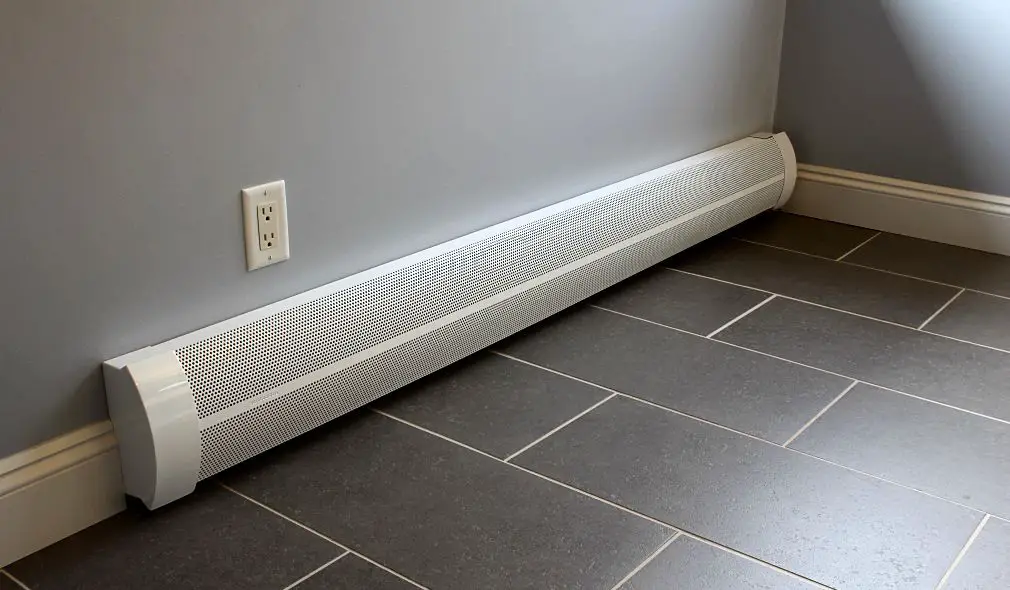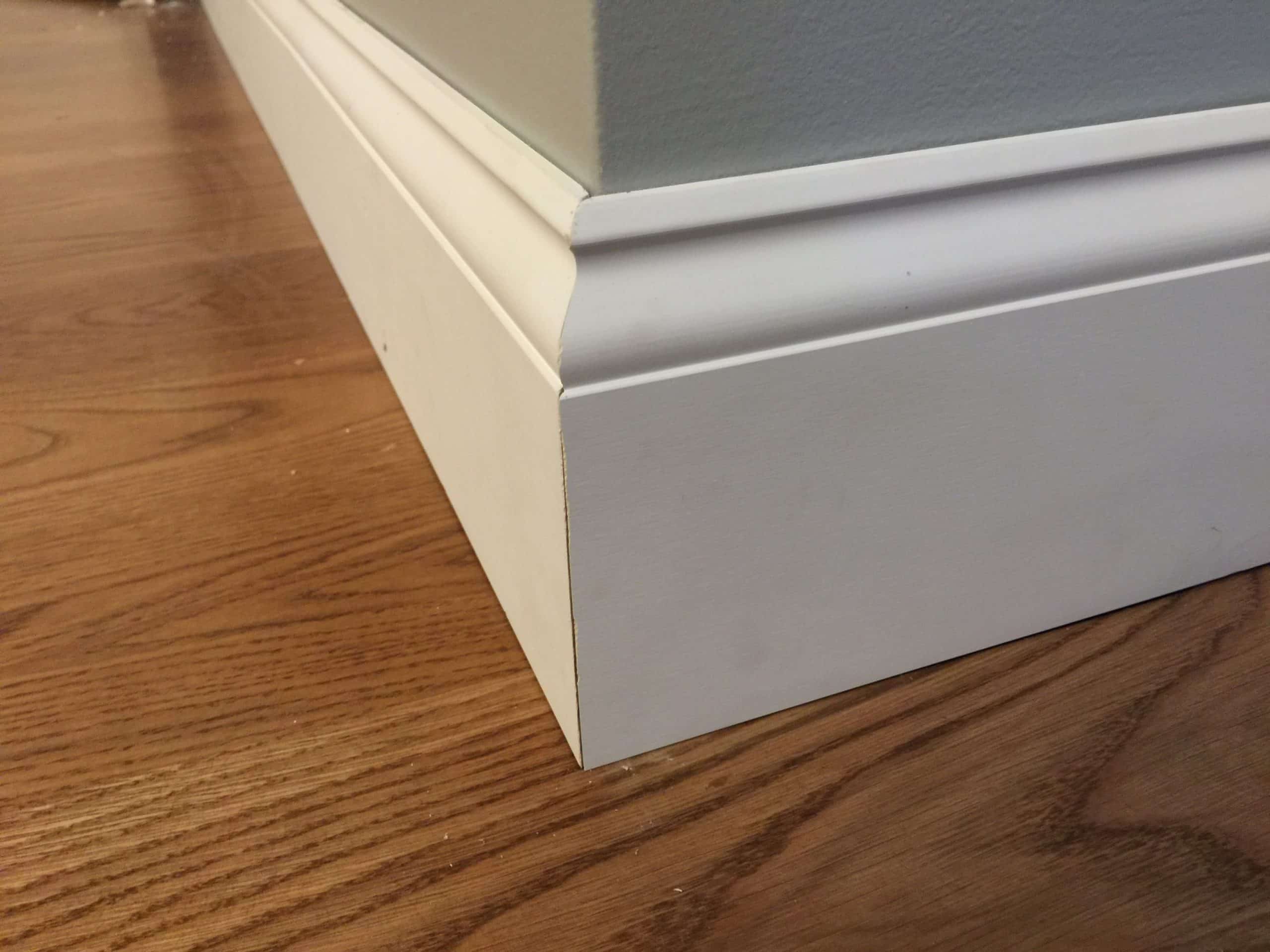How Do Baseboard Heaters Work
Introduction
How Do Baseboard Heaters Work: How Do Baseboard Heaters Work: Baseboard heaters are a popular choice for heating homes and offices, especially in colder climates. These heating units are typically installed along the baseboards of a room and provide a steady and efficient source of heat. When a baseboard heater is turned on, an electric current passes through a size nails series of metal fins or tubes that are filled with a heat-conducting fluid, such as oil or water. As the current flows through the metal, it generates heat, which is then transferred to the surrounding air.
Second, the floor heater sends warm air up, which makes a convection current. Cooler air in the room is pulled toward the heater by this current. The air is heated there and rises again. This constant loop of warm air rising and cool air coming in makes sure that the heat is spread evenly throughout the room.
There is a thermostat on a baseboard heater that lets the person change the temperature. The thermostat turns off the heater immediately when the desired temperature is reached. This keeps the room from getting too hot and wastes energy.
The air in a room gets warmer with the help of airflow from baseboard heaters. As warm air rises and cool air falls, they depend on this natural movement to make a steady and effective source of heat. Baseboard heaters are a popular choice for many homes and businesses because they are easy to install and heat well.

What is the downside of baseboard heating?
Many homes, especially in colder climates, use baseboard heating. Electric or hydronic baseboard heaters are positioned along room baseboards. Baseboard heating provides constant heat and is easy to install, but it has drawbacks.
Inefficiency is a drawback of baseboard heating. Radiating heat into a room is slow and inefficient with baseboard heaters. Baseboard heaters take longer to heat a room and may not deliver constant heat like forced-air systems. This might make some parts of a space warmer or cooler than others, causing discomfort.
Another drawback of baseboard heating is its electricity need. If electricity costs are high, electric baseboard heaters might be costly. In homes where they are the main heating source, they might raise energy expenses. Electric baseboard heaters can also catch fire if improperly maintained or near flammable items.
Hydronic baseboard heaters heat with hot water or steam. Despite being more energy-efficient than electric baseboard heaters, they are expensive to install and maintain. Hydronic baseboard heaters use a boiler or water heater to heat water or steam, increasing system cost. Maintenance is needed to avoid leaks and other concerns.
Is it safe to sleep with baseboard heater on?
Many ask if sleeping with a baseboard heater on is safe. Baseboard heaters are popular because they heat homes efficiently and consistently. However, sleeping with a baseboard heater on raises safety concerns.
Fire is a major threat. Baseboard heaters can spark fires if positioned too close to flammable things like curtains or bedding. To avoid mishaps, provide extra space around the heater. Additionally, routinely inspect the heater for damage or failure that could increase fire risk.
Carbon monoxide poisoning is another risk. Baseboard heaters do not emit carbon monoxide, but fuel-burning systems like gas or oil furnaces can. Carbon monoxide detectors should be installed in the room with the heater to warn of unsafe amounts.
Consider how a baseboard heater affects your sleep. Some people have trouble sleeping due to heater noise and dry air. Consider alternative heating methods or utilizing a humidifier with the heater if you are sensitive to noise or have respiratory concerns.
Do baseboard heaters use a lot of electricity?
Baseboard heaters are popular for heating small rooms. These convection heaters are positioned along wall baseboards. Baseboard heaters’ electricity usage is a major problem among homeowners. This varies on the room size, insulation, and heater temperature.
Baseboard heaters are more energy-efficient than space heaters or electric furnaces. Because baseboard heaters use radiant heat transmission, they heat things and people in the room directly, not the air. This prevents heat from being spent on room heating, making it more efficient and focused.
Baseboard heaters utilize power to generate heat, and its wattage, size, and temperature setting determine how much they require. Lower wattage heaters use less electricity than higher wattage ones. Higher temperatures need the heater to work harder and use more electricity.
Heated space insulation should also be considered. Well-insulated and sealed rooms reduce heat loss to the outside, making the baseboard heater more efficient at maintaining the optimum temperature. However, a poorly insulated or drafty room will require the heater to work more and use more electricity to compensate for heat loss.
What is the purpose of baseboard heaters?
Baseboard heaters are a type of heating system that is commonly used in residential and commercial buildings. They are typically installed along the baseboard of a room and provide heat through convection. The purpose of baseboard heaters is to provide a supplemental source of heat to keep a room warm and comfortable.
Baseboard heaters are also popular in apartments and rental properties because they allow for individual temperature control in each room. This means that tenants can adjust the heat in their own space to their desired comfort level without affecting the rest of the building. This can be particularly beneficial in multi-unit buildings where different tenants may have different temperature preferences.
Another purpose of baseboard heaters is to provide a more energy-efficient heating option. Unlike central heating systems that heat the entire building, baseboard heaters only heat the specific room they are installed in. This can help to reduce energy consumption and lower heating costs, especially in rooms that are not frequently occupied.
In addition to their heating capabilities, baseboard heaters also serve a decorative purpose. They come in a variety of styles and finishes, allowing them to blend seamlessly with the room’s decor. Some baseboard heaters even have built-in thermostats and timers, making them even more convenient and user-friendly.
Which is better baseboard or radiators?
Baseboard and tank heaters are two options. These methods each have pros and cons, so people should choose based on what they want. This piece will look at the differences between baseboard and radiator heaters and say which one is better.
Baseboard heaters are popular because they are cheap and easy to set up. Electric heaters are usually placed on the baseboard. It gets warm in the room because warm air rises and cold air falls. Baseboard heaters spread heat evenly and quietly. Old radiators are a classic way to heat a room. To heat them, hot water or steam is sent through metal panels or lines. Traditional radiators give off a steady, pleasant heat and look nice.
For less money, get a baseboard heater. It costs less to buy and set up these systems than heaters. Because they heat the air without a stove, baseboard heaters use less electricity. It might make home energy costs less. Radiators give off a steady, comfortable heat. When the system is turned off, hot water or steam keeps the room warm. This works great in cold places or places that need to stay warm all the time.
Baseboard heaters that use convection. Electricity heats a metal heating source inside a metal case. When the element gets hot, it heats the air around it. The heater warms the cooler air on the floor, and that air rises to warm the room. Constant airflow makes heating effective and relaxing. Baseboard heaters both heat and cool the air. The metal case heats the room. Due to convection and radiation heating, baseboard heaters work well and are safe for homes and businesses.
Can you explain the mechanism by which baseboard heaters generate heat?
Baseboard heaters generate heat through a process called convection. Inside the heater, there is a heating element, usually made of metal, that is heated up when electricity passes through it. This heating element is located at the bottom of the heater, near the floor. As the element heats up, it transfers the heat to the surrounding air.
The hot air rises naturally due to convection, creating a flow of warm air in the room. This warm air then circulates throughout the space, gradually raising the overall temperature. The design of baseboard heaters, with their long and narrow shape, helps to maximize the surface area in contact with the air, allowing for efficient heat transfer.
It is important to note that baseboard heaters do not rely on fans or blowers to distribute the heat. Instead, they rely on the natural movement of air, which can result in a more gentle and even distribution of heat. This mechanism makes baseboard heaters a popular choice for providing consistent warmth in residential and commercial spaces.
What are the main components of a baseboard heater and how do they contribute to its operation?
A baseboard heater consists of several key components that work together to generate and distribute heat. The main components include the heating element, the thermostat, and the housing or enclosure.
The heating element is the heart of the baseboard heater. It is typically made of a metal alloy, such as aluminum or copper, that has a high resistance to electrical current. When electricity flows through the heating element, it encounters resistance, which causes the element to heat up. This heated element is responsible for generating the heat that warms the surrounding air.
The thermostat is another important component of a baseboard heater. It is used to control the temperature by regulating the flow of electricity to the heating element. When the desired temperature is reached, the thermostat automatically shuts off the electricity, preventing the heater from overheating. Conversely, when the temperature drops below the set point, the thermostat turns the heater back on, ensuring a consistent and comfortable temperature.
Are there any specific factors that affect the efficiency of baseboard heaters?
Yes, there are a number of things that can change how well baseboard heaters work. The insulation of the room where the heater is put in is an important feature. If the insulation isn’t good, heat can escape, making the heater work harder and use more energy to keep the room at the right temperature. To get the most out of the baseboard heater, it is important to make sure the room is properly sealed.
The size of the room is another thing that can affect how well baseboard heaters work. If the heater is too small for the room, it might not be able to heat it well, which means it will have to run for longer and use more energy. If the radiator is too big for the room, on the other hand, it may turn on and off a lot, which wastes energy. So, to get the most out of your baseboard heater, make sure you get one that is the right size for the room.
The location of the baseboard heater can also affect how well it works. It is best to put the heater on a wall that faces the outside of the room so that the heat can spread more evenly. Putting chairs or other things in front of the heater can block the airflow and make it work less well. Because of this, it is important to make sure that the heater is open and has enough space to work well.
How do baseboard heaters compare to other types of heating systems in terms of energy consumption and effectiveness?
Baseboard heaters are a common way to heat homes because they are easy to use and don’t cost much. There are a few main things to think about when comparing baseboard heaters to other types of heating systems, like forced-air stoves or radiant floor heating: how much energy they use and how well they work.
Because they use less energy, baseboard heaters tend to be better than forced-air stoves. This is because baseboard heaters work on a concept called convection. Air is heated as it moves over the heating element and naturally rises, making a current of warm air that moves around the room. This way of heating is better because it doesn’t need ducts, which can cause forced-air systems to lose heat.
Apart from that, baseboard heaters are known for being good at spreading heat evenly and consistently. Forced-air systems can make hot and cold spots in a room, but baseboard heaters spread heat evenly along the length of the unit, keeping the room at a comfortable temperature all the way through. Because of this, baseboard heaters work best in smaller rooms or places where you need to precisely control the temperature.

Conclusion
Baseboard heaters work by using convection to heat a room. They are typically installed along the baseboard of a wall and are powered by electricity. The heating element inside the baseboard heater warms up when electricity passes through it, and this heat is then transferred to the surrounding air. As the warm air rises, cooler air is drawn in from the bottom of the heater, creating a continuous flow of heated air throughout the room.
One of the key advantages of baseboard heaters is their simplicity and ease of installation. Unlike other heating systems that require complex ductwork or plumbing, baseboard heaters can be easily mounted on the wall and plugged into an electrical outlet. This makes them a popular choice for homeowners who want a cost-effective and efficient heating solution.
Another benefit of baseboard heaters is their individual room control. Each baseboard heater can be controlled independently, allowing users to adjust the temperature in different rooms according to their preferences. This level of control not only helps to optimize energy usage but also ensures that each room is heated to the desired temperature.








